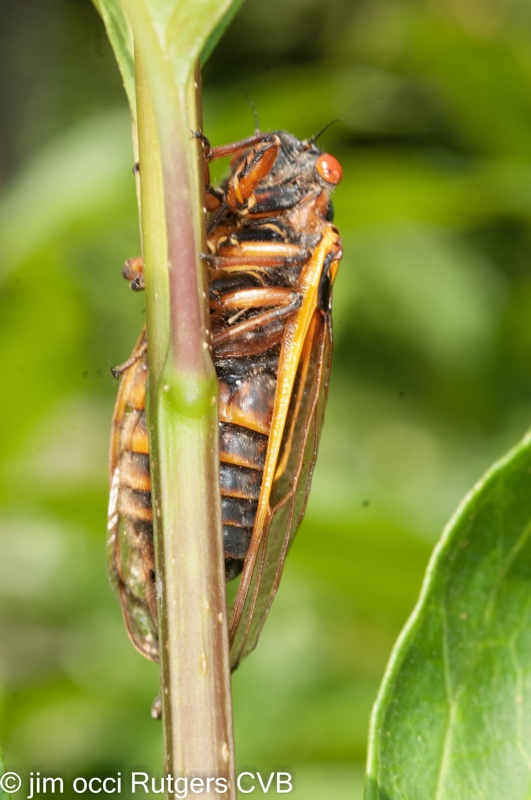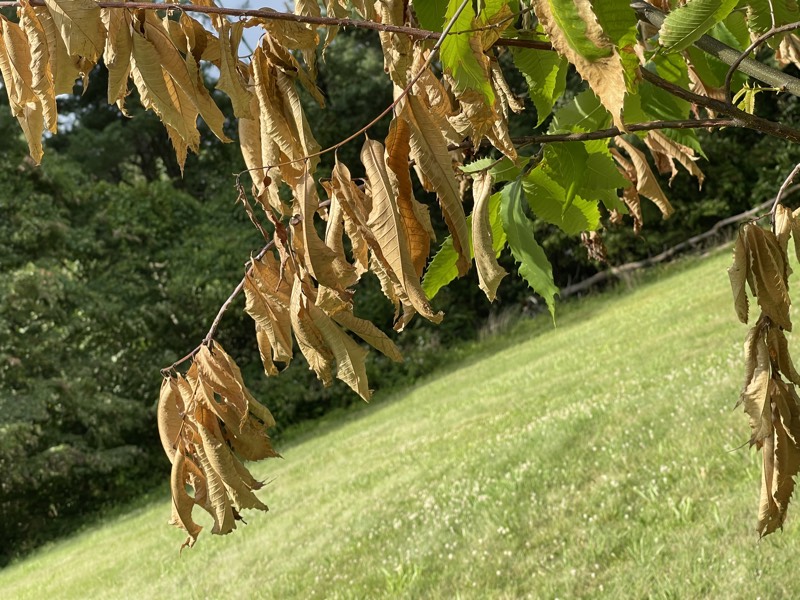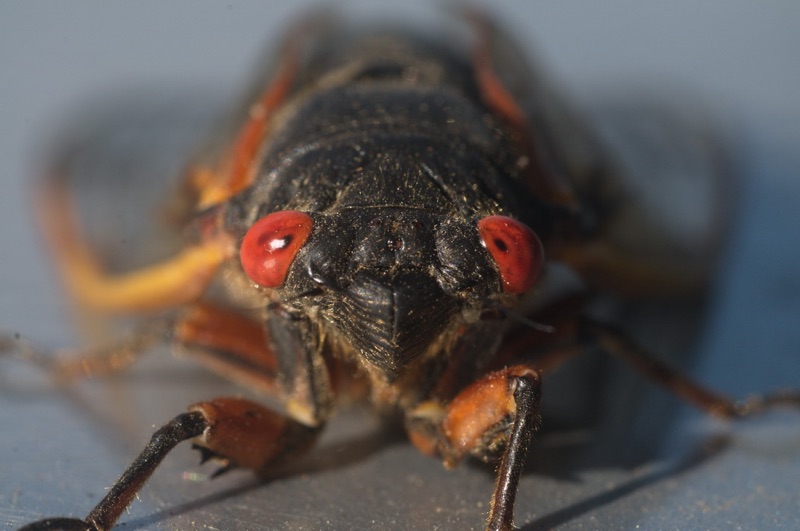Brood X Magicicada photos by Jim Occi taken in Princeton, set 5. 2021.
Molting Magicicada:

Teneral Magicicada:

Teneral Magicicada:
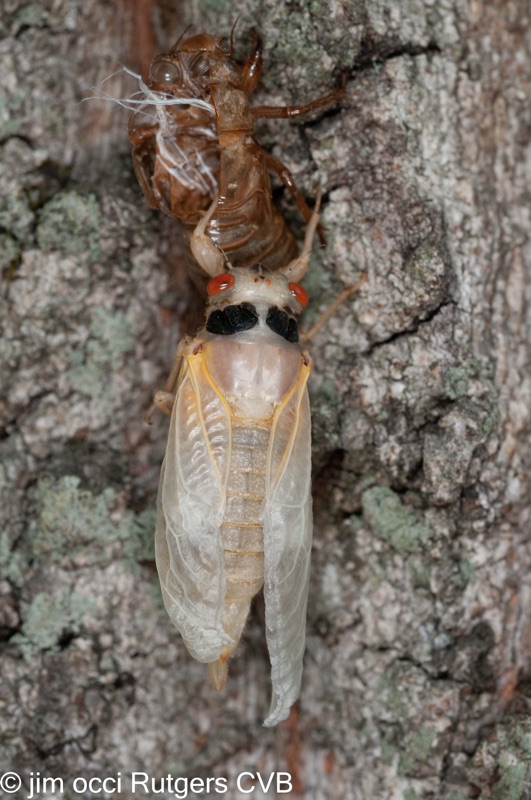
Teneral Magicicada expanding wings:

Adult Magicicada with crumpled wings:
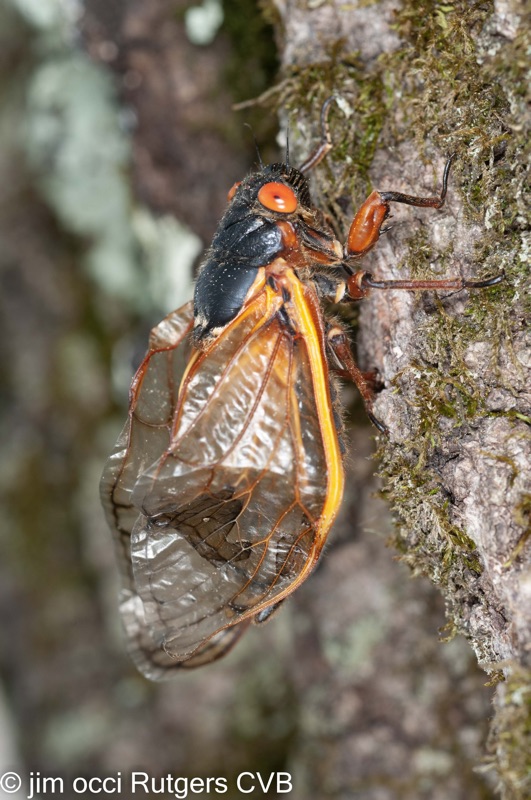
More from Jim Occi:
- Brood X Magicicada photos by Jim Occi taken in Princeton, set 4
- Brood X Magicicada photos by Jim Occi taken in Princeton, set 3
- Brood X Magicicada photos by Jim Occi, set 2
- Brood X Magicicada Photos by Jim Occi
- Brood X Magicicada photos by Jim Occi from 2004
- More Cicada Photos from Westfield, NJ by Jim Occi
- Photos of Brood II Magicicada cicadas from Westfield, NJ by Jim Occi







